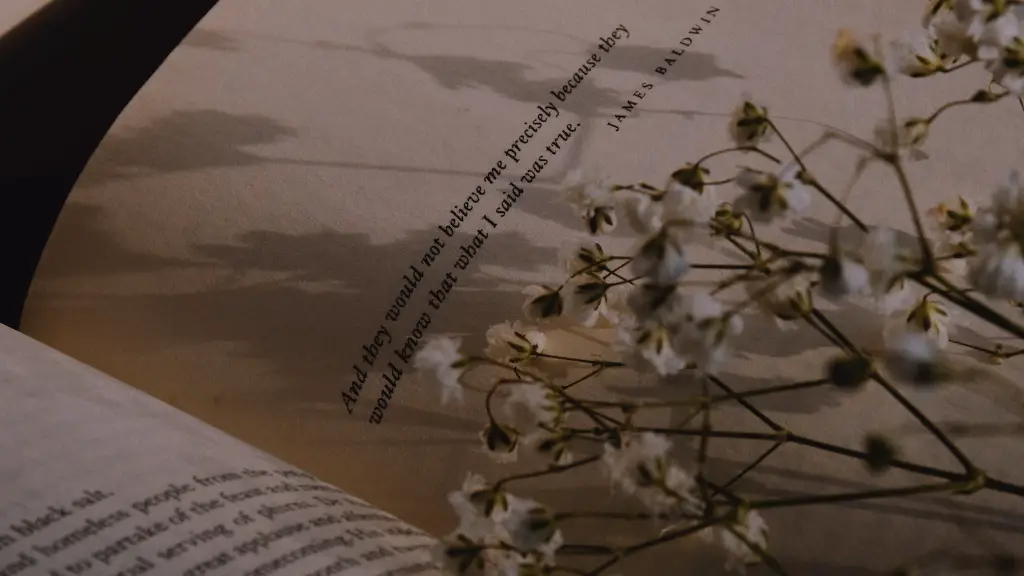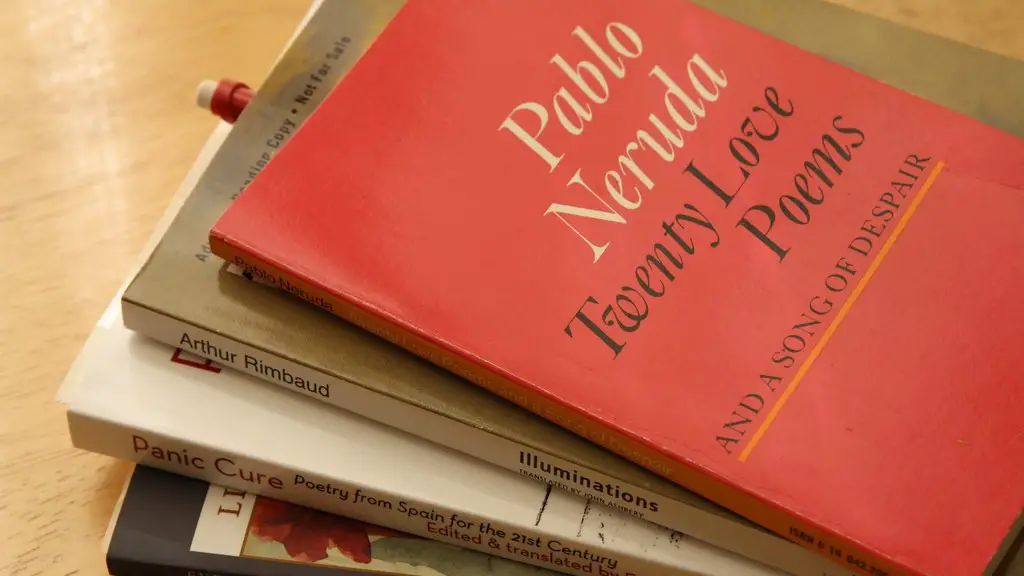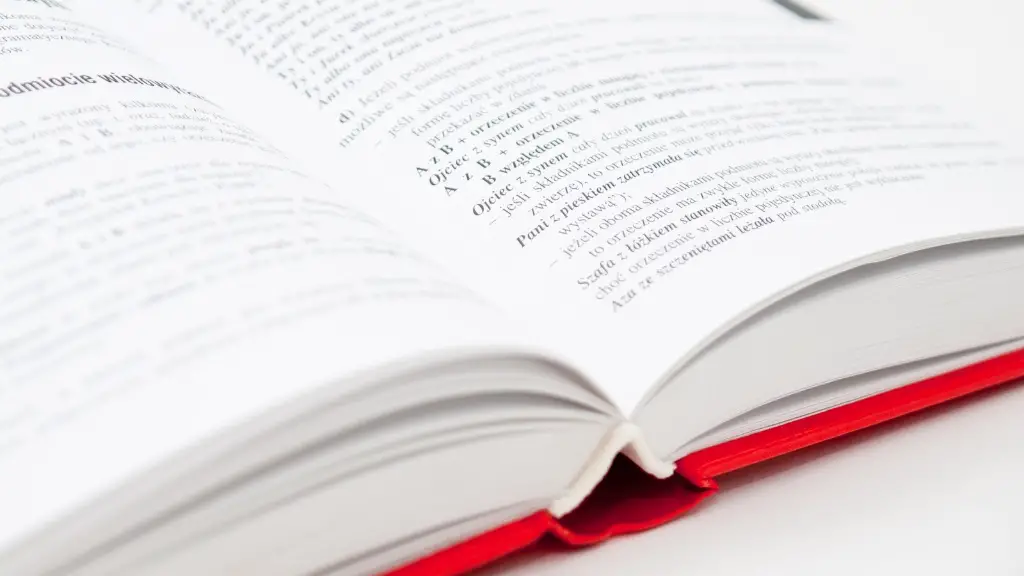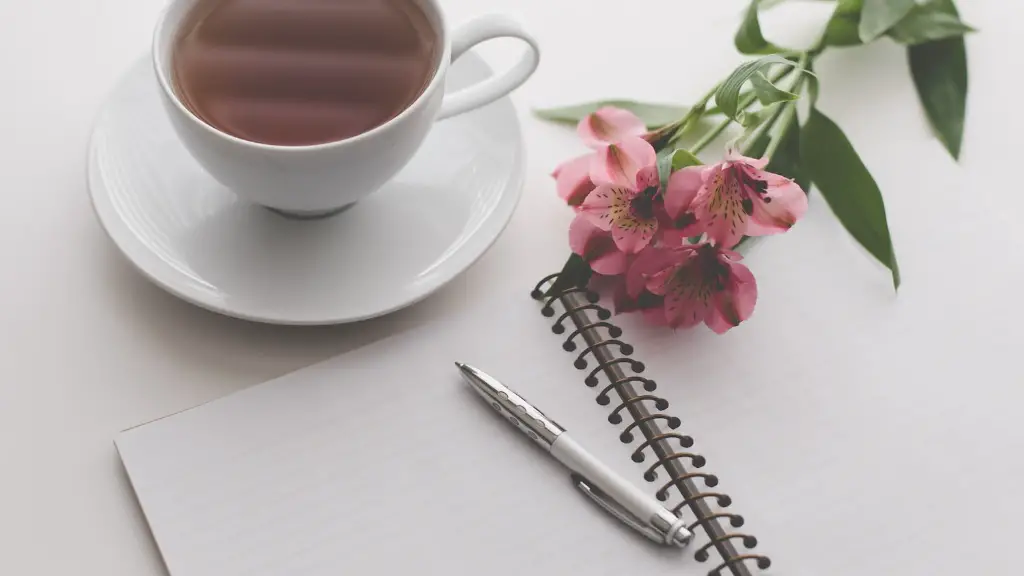To those who don’t have much experience with the many forms of poetry, understanding the different types can seem intimidating. It can be difficult to distinguish between a sonnet, a free-verse, or anything else. But Poe, Browning, and Frost help make it simple, as there are many varieties of this beautiful type of literature. This article explores the various kinds of poetry, providing information and insights from experts in the field.
Types of Poetry
There are many types of poetry to explore. These include traditional forms such as the sonnet, ballad, and villanelle. There are also modern forms of poetry such as the haiku, slam, and free-verse. These are all generally categorized by the form in which the poem is written. For example, a sonnet is written in the form of falling and rising stress, while a haiku is written in the form of three lines with a specific syllable count. But, no matter the form, poems are an expression of a person’s imagination and creativity.
Forms of Poetry
Traditional forms of poetry may include things like sonnets, ballads, and villanelles. Each of these has a syllable structure to adhere to. Sonnets, for example, are traditionally written in 14 lines with a specific rhyme scheme. Ballads often use a meter of four-stress or eight-stress lines. Villanelles, on the other hand, are incredibly intricate and require a specific pattern of rhymes and lines. In order to be successful, the writer must adhere to these specific structures.
Modern Forms of Poetry
On the other hand, modern forms of poetry may be a bit more accessible to someone who is new to writing. Haiku, slam, and free-verse each have their own style. A Haiku is a short poem consisting of 17 syllables divided into three lines of 5, 7, and 5 syllables respectively. Slam poems often contain a combination of spoken word and rhythm, while free-verse is unstructured and no specific syllable counts apply.
What Matters for a Poem?
Regardless of the form, what matters most for any poem is the content – the idea and the message being conveyed. Even if the structure is incorrect, if the words are true to the poet’s intention, then the poem is still successful. Similarly, for any poem, understanding the rhythm and rhyme structure can add further depth. It is important to remember that the form and structure are not the be-all-end-all, but rather a vessel to bring the writer’s thoughts to life.
Various Styles of Poetry
In addition to the various forms of poetry, there are also various styles in which poems can be written. Traditional poetry is written in a particular meter and often with a specific rhyme scheme. In contrast, modern poetry is often much more free-form and open to various interpretation. Popular styles such as the ode, epigram, and limerick also have their own guidelines and traditions which can be helpful for poets to understand and utilize for inspiration.
Application of Poetry
From novels to songs, the application of poetry is widespread. It can be found in many forms of art, from music lyrics to films. In fact, even conversations are often said to be “poetic”. No matter the form, poetry is utilized to express feelings, convey emotion, and create a connection between two people, as it allows us to be creative and open about our experiences.
Purpose of Poetry
One of the most important aspects of writing poetry is the purpose behind it. Is it to garner attention? To express passion? To educate? Whatever the purpose may be, it should be clear to the reader or listener. Understanding poetry can become complicated due to the various forms and styles, but the purpose of the poem is essential to understanding its essence.
Tools of Poetry
A great way to learn more about poetry is to become familiar with certain tools. Educators have come up with a variety of methods to introduce writers to the various forms and guidelines associated with poetry. These tools can range from syllable counting to talking about the various rhyme schemes of traditional poems. Understanding all of these can be quite the challenge, which is why it is important to learn from one’s mistakes to become a better poet.
Importance of Creativity
Creativity is an essential component of any great poem, regardless if it adheres to traditional or modern forms. Creativity is what brings life to a poem and allows the writer to express ideas and emotions clearly. Similarly, it can also allow readers to connect with the poem and unlock new insights or perspectives. Therefore, it is important to allow one’s self to think outside of the box and explore the power of words.
Influence on Pop Culture
The influence of poetry can be felt far beyond the written word. Poems influence conversations, movies, shows, games, and so much more. It can provide a unique perspective on any topic and even bridge the gap between different cultures or regions. As such, it is essential to appreciate the importance of poetry and understand its power to influence.
Latest Developments in Poetry
Just as with any other art form, the world of poetry is constantly evolving. From lyrics to word-stories, it continues to grow and diversify. Innovations such as autonomous poets, interactive poems, and even artificial intelligence poetry are just a few of the latest developments. Understanding these concepts help us to appreciate the beauty that is found in traditional and modern poetry.



